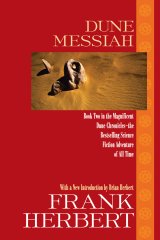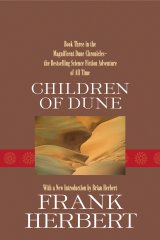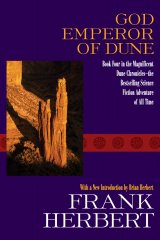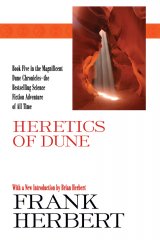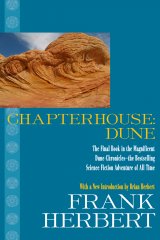QUEZON City, Philippines (Eagle News Service, June 25) – To this day, I don’t sit with my back to door. I learned that from Dune.
Sci-fi writer Frank Herbert created a wonderful universe unique from other sci-fi writers in that it is devoid of inhuman aliens. Humanity have successfully colonized a million worlds. Due to a previous historical event wherein thinking machines dominated mankind, the use of computers was forbidden. To make up for the lack of computing machines, humans with specialized training offer their services to the highest bidder – Mentats who served as human computers, Bene Gesserit Sisters who served as human lie detectors and Guild Navigators, without whom space travel will be impossible.
Making superhuman abilities possible is the spice melange – a mysterious substance found only in the planet Arrakis – known as Dune by the natives. The spice melange is very addictive and one of its side-effects is granting longevity. At the start of the series, the planet Arrakis is given to House Atreides from their arch-rival House Harkonnen, part of an intricate plot to secure the Padishah Emperor Shaddam IV in the Golden Lion Throne.
Herbert explored in his writing the issue of what he calls hydraulic despotism – that is the control of a single important resource in order to wield control of the population. In the Dune universe, the important spice melange is only found in the planet Dune so the noble House that controls the planet controls this important resource, giving it significant influence over the galactic politics. Behind the scenes, powerful organizations maneuver to ensure that their supply of spice is not endangered.
The first book of the series, Dune was written in the middle of the Middle East oil crisis and can be seen as a parallel to real-world events, with oil as an equivalent to spice melange.
If you want political intrigue, fierce battles and family feuds, the Dune series is definitely for you.
(ENS, written by Jay Paul Carlos additional research by Vince Alvin Villarin, images from dunenovels.com)





